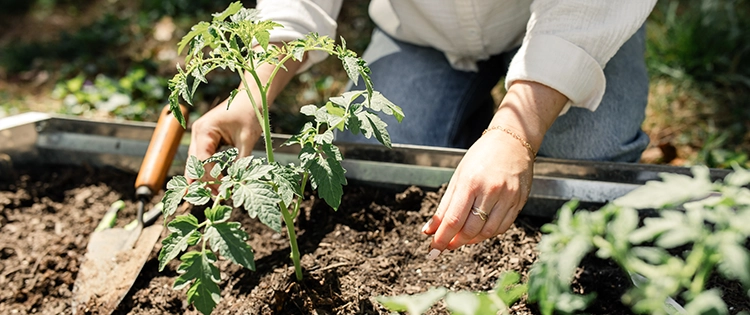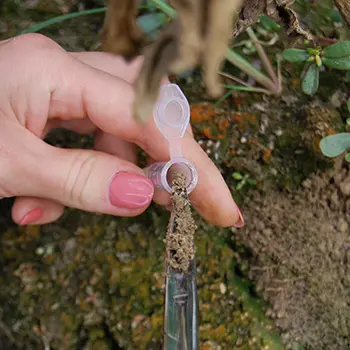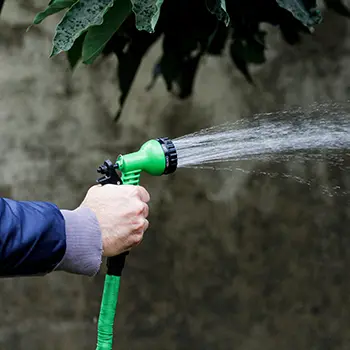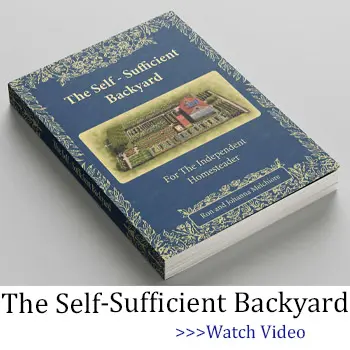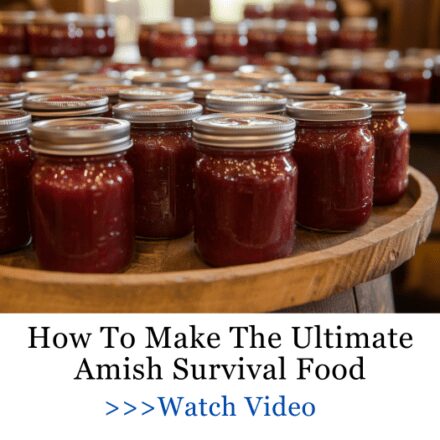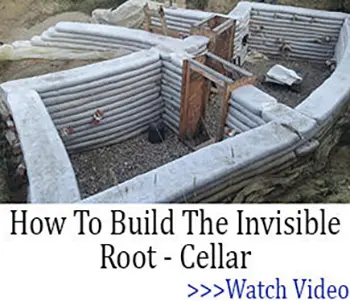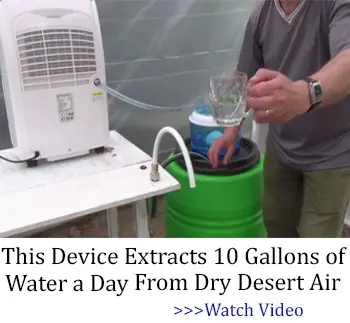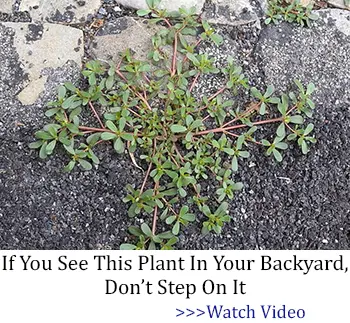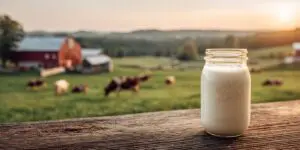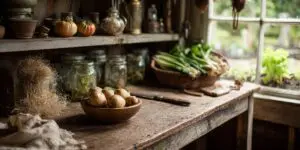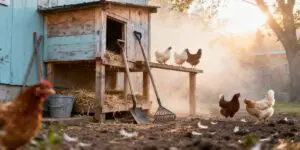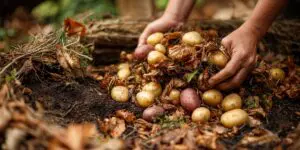We all make mistakes from time to time, but it’s always better to stop them (as much as you can) before they become a bad habit. Though all of us are in gardening to enjoy growing plants, we also reap the rewards of fresh fruits and vegetables for us and our families when we do it right. We all made at least once some bad gardening habits that ruined our crops. Right?
Right.
Today, we’ll look at some terrible issues that many gardeners face when they stop thinking and start doing. Let’s dig in.
Bad Gardening Habits That Will Ruin Your Crops
Not Studying Your Sun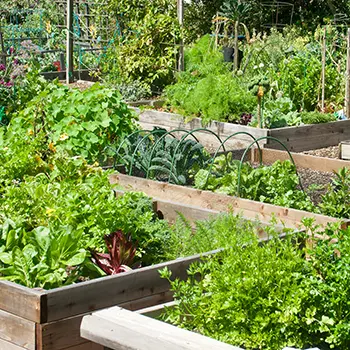
In the spring and summer, before you start a bounty garden (i.e., one that you intend to eat from rather than just enjoying an occasional snack of cucumber or two), you need to go outside regularly during the day. Study where the sun is, when, and how hot the ground is in your intended planting area.
This is crucial because bad gardening habits often come from not planning ahead. If your garden plans don’t match the plants you intend to put in, it’s better to know before you’ve spent all that time and effort planting. You can always redesign a garden, but you can’t redesign planting halfway through the season. If you put your lettuce in an area where it’s going to get scorched or your tomatoes are standing in water, it’s too late to fix.
One of the worst bad gardening habits is getting cocky after your initial sun study. I recommend re-examining your garden every few years. Trees grow and change, as do bushes and other nearby plants. Storms can take out a limb that was helping shade your tender greens, causing them to turn brown.
Skipping Soil Sampling
While this may be fine to do here and there, you have to remember that even with strict soil sampling, we are often unaware of what we’ve done to really change the condition of the soil after an additive is placed. That’s why it’s important to check a soil sample.
Perhaps you’ve let a patch of garden be fallow for a year. That’s great. You spend time building it up with good, loamy compost and lots of calcium and other trace minerals, intending to use it for tomatoes the next year. Perfect. You’re doing great.
The problem comes when you don’t bother to test your soil 1-2 months before planting. One of the worst bad gardening habits is neglecting this step. If you’re facing a hard freeze, check your soil as soon as you can. You can only control so much with the weather, but the point remains: you need to test to ensure the soil hasn’t absorbed those precious nutrients through another plant. You also want to make sure you’re not overbuilding your soil and turning alkaline soil into an acidic mess.
Get out of the habit of being cheap and skipping soil tests. You can plant as many seeds as you want, but if the ground isn’t prepared correctly, you won’t get much back.
Related: Soil Testing Methods Used By Pioneers That Still Work Today
Water, The Weather, and You
Perhaps you’ve decided to put in a garden in your front yard. That’s wonderful, except you haven’t accounted for the slight slope in your land. Now, every time you put fresh manure in your garden, half of it ends up on the sidewalk next to your home. Ick. Ew.
Watch how the water moves on your property after a long, hard rain. One of those storms where little rivers start creeping through your gardening plots and grass—that’s the kind of storm we’re talking about here. One of the worst bad gardening habits is ignoring how water flows across your land. While you can manipulate these streams, it’s likely that they move this way for a reason. And to be honest, it’s better to work with them (if you can) rather than fighting them.
Additionally, think about how you will protect your garden if hail or severe wind strikes. Have you put your garden in the middle of a wide-open field, or have you placed it closer to your house, knowing that your home blocks the worst of the wind? This is especially important if you live in a very windy area like I do.
No matter how much you love or hate it, the weather and water are always part of gardening. One of the worst bad gardening habits is ignoring them or assuming you can get past them. Prepare ahead, because you probably won’t be able to get around them when the time comes.
Reconsidering Your Pest Projections
Last year, you saw a squash bug. You killed it, removed it, and made sure that it hadn’t laid eggs. Good job. You did it, you pest prohibitor, you.
Except that you missed some eggs on a different plant and you’re about to get one very nasty surprise this year.
Take your time to go around your garden and, while tilling or putting amendments in your soil, take note of the insects that you see. This means from the second that your final harvest is done and you’re allowing your plants to go back to the soil for next year’s crops, you start making a list of every pest you see out there near your garden (or in it). This can include squirrels, rabbits, rats, mice, and that sort of thing, too.
Related: Plant These To Keep The Pests Away
And then you start making a plan. Nature is not going to give you a second chance. If you notice a great deal of squirrels, start figuring out a way to prevent them from stealing your crops next year; because they will happily do so. If you have many, many ants suddenly turning up, treat the property for ants (make sure you use food-safe treatments) since they can demolish melons and berries with ease.
Your pest plan does not start with the growing season. It starts the year before. Get a move on it; you’re going to need it.
What other bad habits and problems have you caused for yourself? Tell us in the comments down below; we’d love to hear from you. And, as always, Happy Gardening!
If You See This Plant in Your Backyard, Burn It Immediately! (Video)

